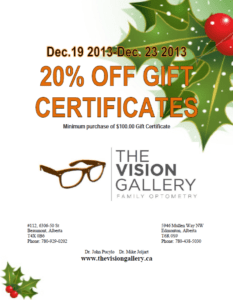
Recently there has been increased coverage and attention on “blue light.” No, it’s not the latest low-calorie beer– light is made up of a spectrum of colours and, as anyone who has seen a rainbow can tell you, blue light is one of several colours that make up natural light. Since the digital revolution, humans are seeing more blue light than they ever have before. This is because LED technology and other digital displays emit a high concentration of blue light. So just what is this blue light doing to our sleep patterns? Read on to find out more!
INTO THE BLUE
Blue light has many effects on the body and not all of them are harmful. In fact, human beings have long used light to instinctually schedule their activities. Before personal electronics, nearly our only source of blue light was found in daylight. Sensors in our eyes absorb less blue light between sunset and sunrise, causing the brain to prepare for sleep. Blue light therapy has long been an effective way for people to achieve wakefulness when dealing with long winter nights, travel or other sleep pattern disruptions.
BLUE SKY
Most workplaces became a “blue light” environment long ago thanks to computers. Since the advent of smartphones, flatscreen TVs, tablets and e-readers, blue light has become nearly inescapable. Add in on-demand entertainment, “binge watching” and the never-ending newsfeed– we’re never unplugged! Yes it’s fun, informative and convenient, but we are being bombarded with blue light more than ever. In the hours before bed, blue light stops the brain functions necessary for proper rest. Your mind never gets a chance to tell the body it’s time for bed, so it takes that much longer to achieve deep sleep.
BLUE NOTES
If you want to improve the length and quality of your sleep, shut down your screens at least two hours before bedtime. Also, inspect the lighting in your bedroom and relaxation areas– replacing cold, white or blue bulbs with warmer tones. If you are exposed to blue light at work, coatings can be applied to glasses that filter out blue light (even prescription lenses). Finally, ensure you give your eyes regular breaks by focusing on a distant object for a few seconds when staring at screens for extended periods.
If you have questions about blue light, digital eyestrain or blue light therapy– contact or visit the Vision Gallery today. We are happy to answer any questions and concerns about your eyes, vision and overall health.

